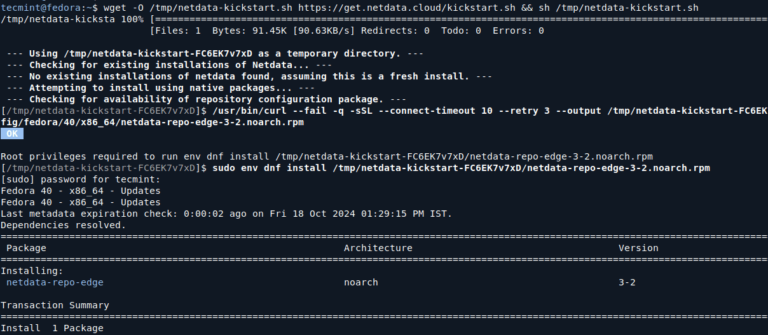Google has implemented three significant updates in the past couple of months. The changes impact all advertisers to varying degrees, so it’s essential to understand them and act accordingly.
New Interface
Every few years, Google Ads redesigns the admin interface to make it easier to use and integrate new features. The existing design will disappear on August 30. The most significant change is a single central menu.
Previously, the left-hand navigation was a long menu of options. It was easy to get lost. Users had to scroll to see all options despite having submenus. Plus, the top menu contained options for “Tools and settings,” which included conversion setup and performance features. The categorization was confusing.
The new menu has five high-level categories, each with multiple options:
- Campaigns,
- Goals,
- Tools,
- Billing,
- Admin.
For example, “Campaigns” is the hub for campaign setup, assets, keywords, and more.

In the new menu, “Campaigns” is the hub for campaign setup, assets, keywords, and more.
The new menu is cleaner and contains non-management items such as page appearance and notifications. It also includes a more prominent search bar for accessing all pages and campaigns in an account.
Broad Match Queries
Google has emphasized broad match in recent years as it relies on machine learning and AI to target users better. Through my own testing, I’ve found broad match typically produces more revenue, even if its efficiency lags behind phrase and exact match.
One concern with broad-match keywords is potential conflicts with brand keyword goals. For example, if Best Buy bids on the broad-match version of its name, a search for “flat screen tvs” could trigger a brand ad.
Remember that Google takes liberties with query matching. Bidding on a brand name doesn’t mean the query is that term. “Brand inclusions” instructs Google to show ads only when the brand is included. Thus a “Best Buy” brand ad will appear only if the query contains a variation of those two words. Brand inclusions is available for campaigns solely using broad match keywords.

“Brand inclusions” instructs Google to show ads only when the brand is included. Click image to enlarge.
Conversely, regardless of match type, brand exclusions is available across all campaigns. Best Buy can bid on “flat screen tvs” in a non-brand campaign and exclude ads from queries containing “Samsung,” for example. Best Buy could add “Samsung” as a negative keyword, but the brand exclusion covers all variations.
The other query update is for misspellings in negative keywords. Previously, negative keywords had to be exact. “Dinosaur” would apply only to the precise spelling of that word. But now, with the update, it could apply to:
- “Dionsaur,”
- “Dinnosaor,”
- “Denosaur.”
Review search query reports to see if misspellings are converting. If they are, consider adding the misspelled versions as negative keywords.
Payment Method Change
Google has changed its accepted payment methods. Henceforth, only direct bank payments are permissible. Advertisers can no longer pay with credit or debit cards. I’ve received conflicting notification emails for the effective date — either July 31 or August 31. Regardless, advertisers should update their payment method right away —to monthly invoicing or direct debit from bank accounts.
Eliminating credit cards saves Google from incurring processing fees. Yet the change hurts advertisers who will no longer receive credit card points and rewards or a much-needed cash flow buffer.






